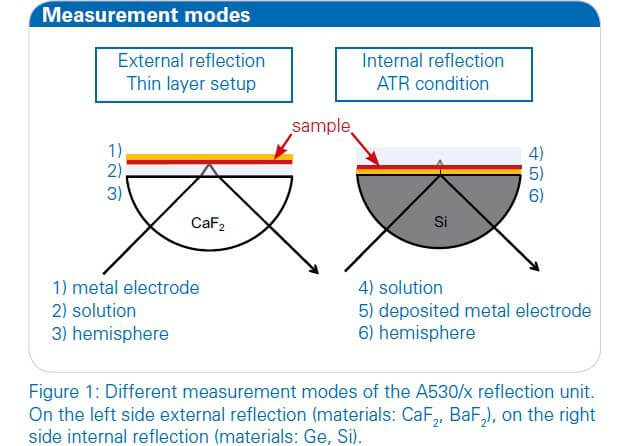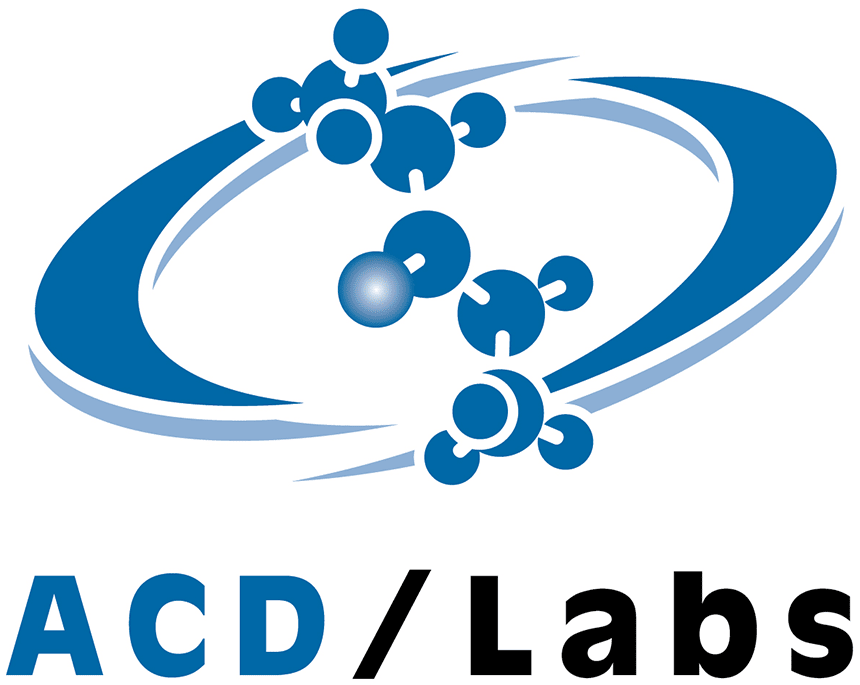
Electrochemical investigations are a very current topic in research. In recent times advancement in technology and industry results in a world-wide increasing energy consumption. A future requirement to face this trend is the development of high capacity and as well low weight rechargeable batteries for energy storage. Therefore studies of electrolyte systems or electrode surfaces are of great importance for possible further improvements.
Also in other fields, like biochemistry or catalysis, electrochemistry is of great benefit to get access to information of molecules, depending on an applied electrochemical potential. For example of the redox-active center in biomolecules [1], the reaction behavior of catalysts or the formation of carbon oxides during alcohol oxidation.
The combination of FTIR spectroscopy with electrochemistry offers insight in the molecular change and the reaction process of the studied molecules in addition to the electrochemical response of the experiment. This valuable method can be applied for investigations of electrolytes or of electrode surfaces. With the BRUKER A530/x reflection unit prepared for electrochemical cells the opportunity is given to study both [2]. For an external IR reflection-absorbance spectroscopy (IRRAS) set-up a thin layer configuration is used which allows the study of the electrolyte and the electrode surface. Alternatively an internal reflection ATR set-up can be used to analyze the electrode surface directly with limited influence of the electrolyte (see figure 1).





